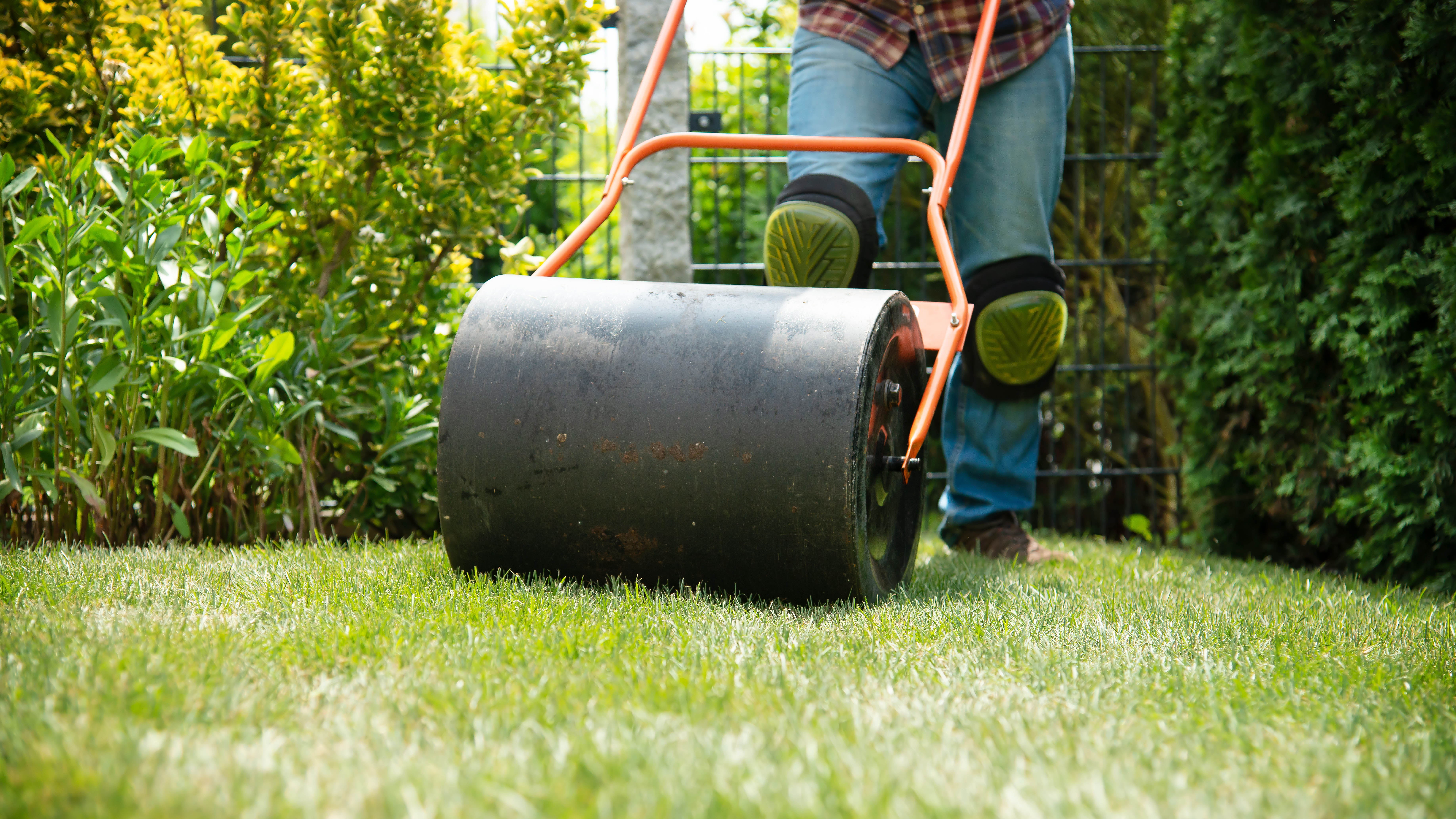
Our lawns look great at this time of year — green and lush from the summer heat. But, no matter how well you care for this space, even if you’ve learnt how to make your lawn thicker, things can still appear uneven at surface level. All kinds of factors can lead to an uneven lawn, from high foot traffic, to moles underground. The result is a bumpy terrain, which doesn’t look great and can easily cause accidents.
But, there is a method which claims to help with such issues: lawn rolling. Making the rounds with a lawn roller can help even things out. But, before you go wheeling one out, know that there are pros and cons to this technique, which means you can easily do more harm than good. To help you understand the ins and outs of rolling a lawn, we asked the experts to breakdown the impact it can have on your yard. By understanding the pros and cons, you can ultimately decide if lawn rolling is worth your time and when to do it if so.
What is lawn rolling?
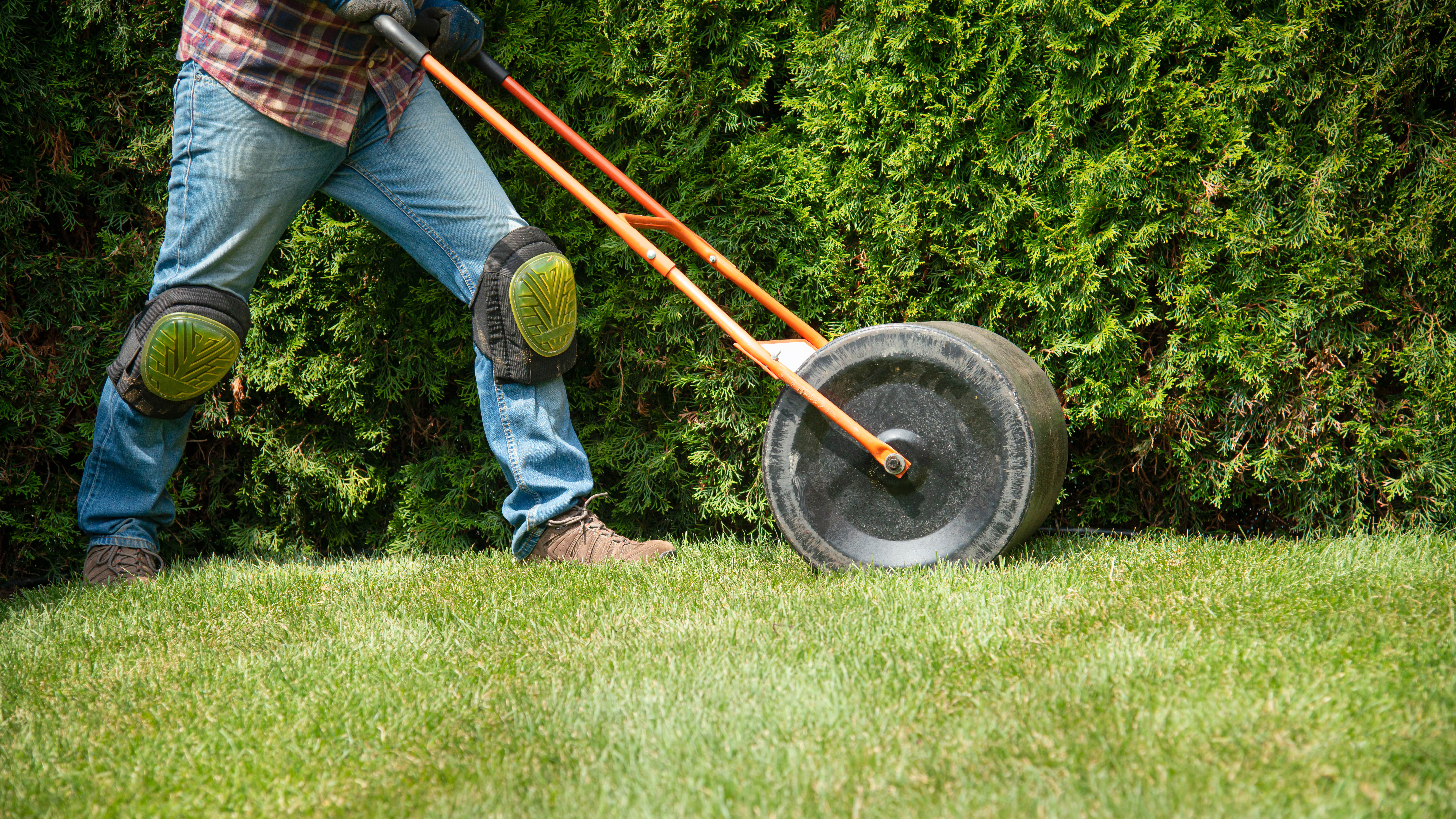
Lawn rolling flattens the top few inches of soil in your yard by way of a heavy cylindrical roller, an example being this Brinly PRC-241BH-A 270 lb. Combination Push/Tow Poly Lawn Roller ($199, Amazon). The roller is filled with either water or sand to the desired weight and then manually pushed or pulled via a ride on lawn mower across the yard. By compacting the soil, it results in a more even terrain.
This is by no means an easy chore, particularly if you’re trying to cover a large yard manually. “Lawn rollers are heavy and unwieldy,” says Erin Schanen, Troy-Bilt gardening partner, master gardener volunteer, and creator of The Impatient Gardener blog and YouTube channel, “so using a tractor, such as one of the Troy-Bilt Super Bronco XP riders, with a roller attachment to get the best results is much easier.” When applied evenly, there are some benefits to using a lawn roller:
Pros of rolling your lawn
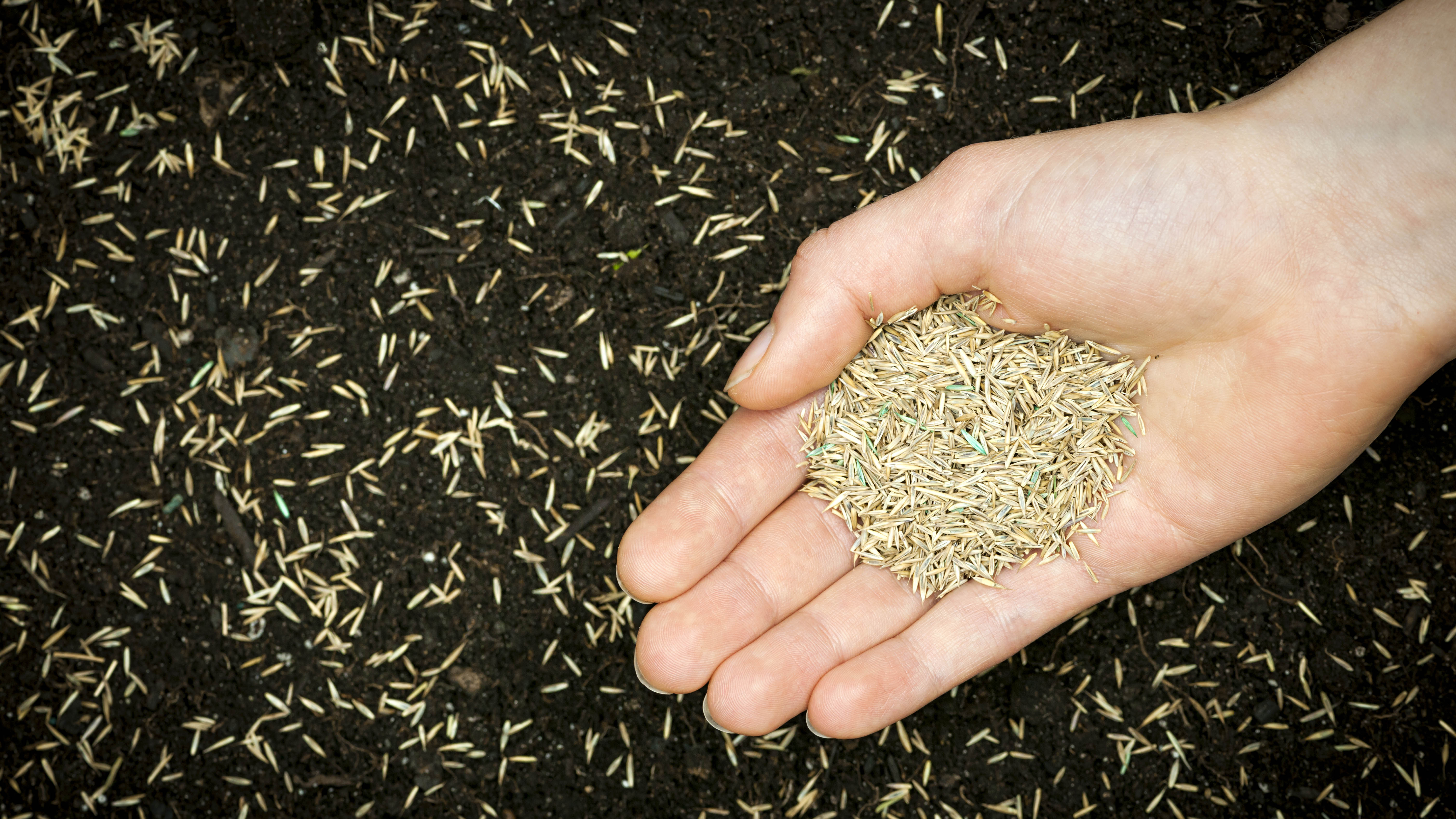
1. Helps with seeding — First of all, by rolling the lawn after mass seeding, you’re effectively pressing your seeds into the soil, ensuring they’re embedded with maximum contact. This stops the wind and rain from dislodging the seeds so easily. According to Chris Bonnett, founder of GardeningExpress.co.uk; “Rolling the lawn is great for seed pressing as it pushes them straight down into the soil to speed up the planting process.” You can also place mulch or compost on top to prevent nature from washing or blowing away your seedlings. For more tips, check out how to plant grass seed.
2. Helps with sod — Laying sod is a great way to get an instant lawn. But, it’s easy for air pockets to form in the process, or for the ground to appear uneven in places once you've finished. A lawn roller will force contact between the sod and the topsoil beneath, helping it take root while locking in the moisture. By working your way both horizontally and vertically over the space, you can ensure a more even finish too.
3. Levels out the ground from general wear and tear — If your yard suffers from heavy footfall, whether from kids, pets or guests, this will also ultimately lead to an uneven surface. This is because we naturally compact the soil as we walk over it, so areas which are regularly walked over will dip compared to the surroundings. A lawn roller can help even out such small dips. Bonnet continues; “While rolling doesn’t smooth out a bumpy yard, it does make the surface more firm so the space appears more evened out.”
4. Flattens animal tunnels — If you’ve recently had to learn how to get rid of groundhogs or moles, you’ll know the damage left behind can be extensive. This is because the tunnels as well as their entrances can create an uneven surface level. Once you’re certain these pests have moved on, a roller can help repair the damage, but keep in mind that you’ll likely need to replace the missing soil as best you can, such as by filling in the tunnel entrances.
5. Flattens frost heave — Frost heave happens when wet soil freezes and thaws repeatedly. It ‘swells’ as a consequence, causing natural uplifts and dips on the surface level. Rolling your lawn can press your soil back down, leaving it with a more even appearance.
Cons of rolling your lawn
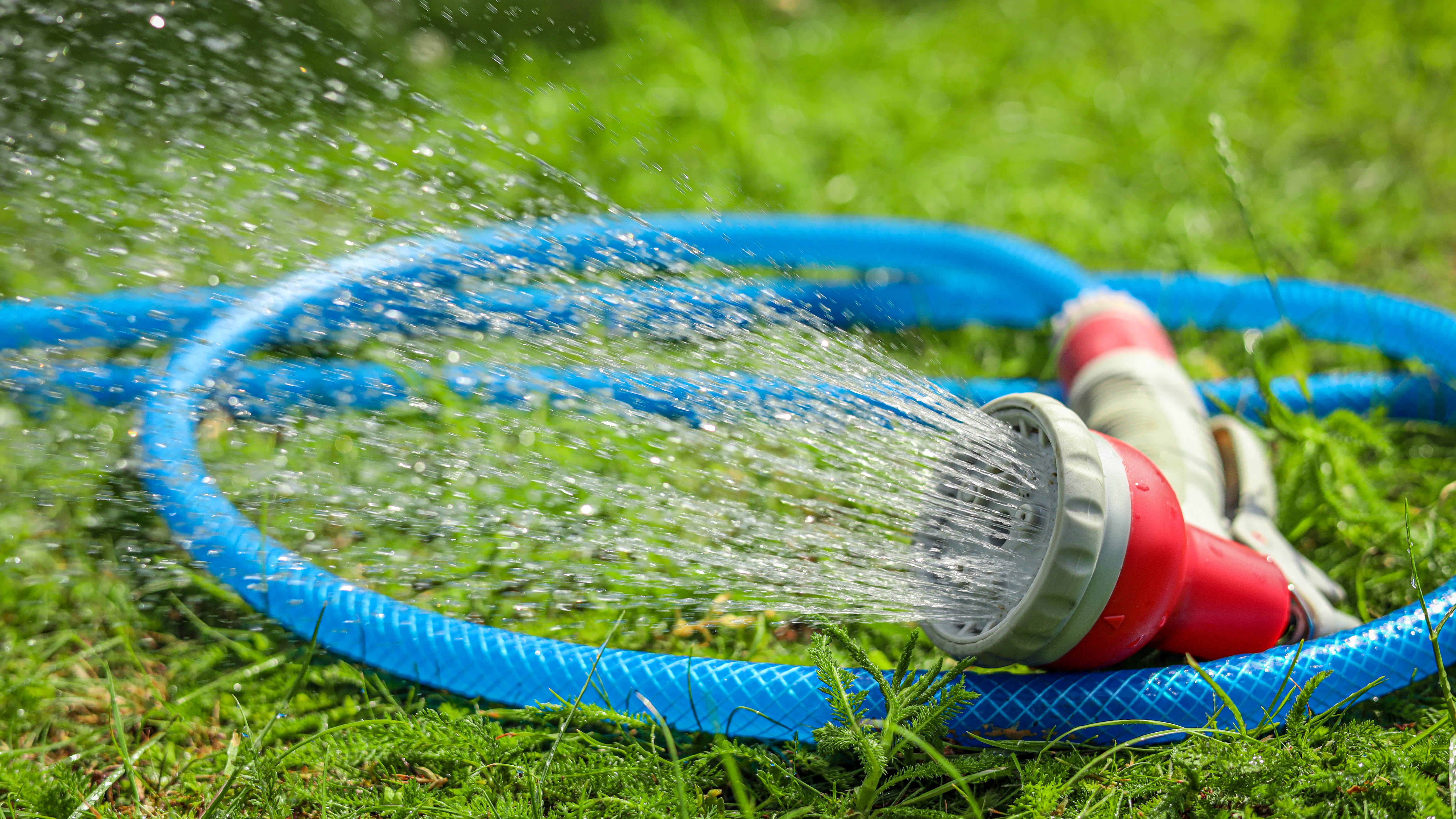
1. Water won’t penetrate the surface — Rolling your lawn leads to soil compaction, which can cause all kinds of issues. First, with a more firm and tight-knit surface, water won’t be able to penetrate so effectively. This leads to excess waste from runoff as well as dehydrated plants. So even if you apply the right amount of water, your lawn will likely suffer. Here’s how much you should water your lawn to keep it green according to the experts.
2. Oxygen can’t reach the roots — The next problem goes hand-in-hand with a lack of water. Because the surface is tightly compacted, there’s less oxygen in the soil too. “The main drawback of rolling your lawn is soil compaction” continues Bonnett. “It restricts the amount of air and water the soil receives. This can cause them to receive a lack of sufficient nutrients which plants will need to grow healthily in the soil.” Ultimately, the roots of your grass won’t be able to access what it needs so easily, deterring its health.
3. Won’t fix natural unevenness — If the unevenness in your lawn is part of the natural terrain, a lawn roller is unlikely to fix this. A lawn roller will only compact the top few inches of soil, and something deep-seated in your soil which shapes the surface won’t be impacted by this. Hard spots on your lawn won't be affected by a lawn roller either — alternative methods will be necessary to even this out.
4. Worsens the effects of clay soil — Clay soil retains moisture and has a compact structure compared to other soil types. This is because its pores are tightly spaced. Consequently, it’s easily further compacted and its effects worsened by lawn rolling. The first two cons are essentially exacerbated with this soil. So steer clear of lawn rolling if your soil has a heavy clay composition. Schanen agrees that “Homeowners with clay soil, which is particularly prone to compaction, should be especially judicious in their use of lawn rollers.”
5. Can damage your yard — Ultimately, you could be doing damage to your grass with a lawn roller. The consequential lack of water, oxygen and nutrients could kill it, resulting in a yellowed yard. Ian Grant, director and lawn care expert at National Greenhouse, argues that “Rolling your lawn isn’t necessary for most domestic gardens. Rolling your lawn could cause damage to your grass. I suggest leaving the rolling of lawns to sports teams.”
Should you roll your lawn?
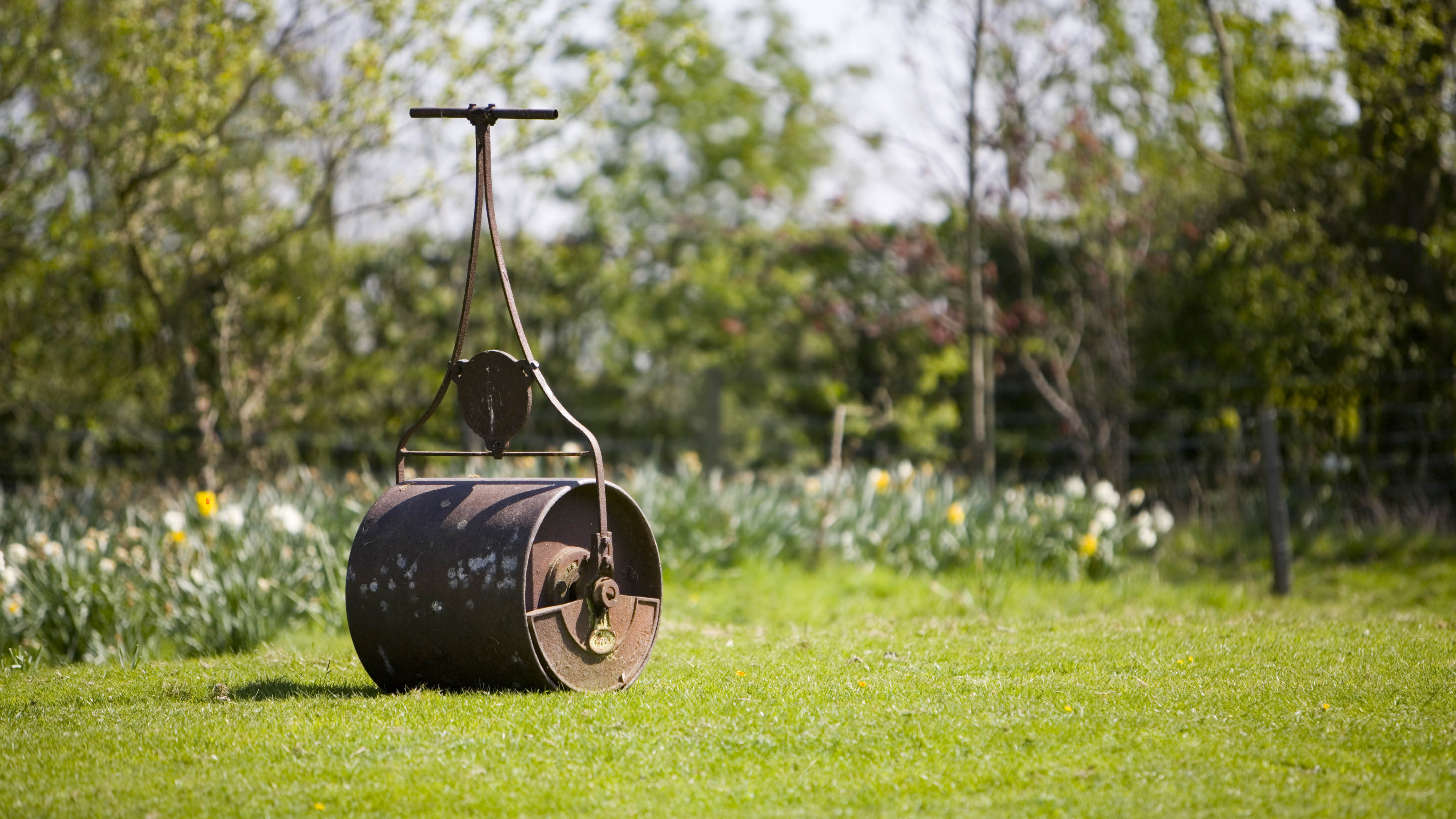
Ultimately, there is obvious division on whether you should roll your lawn or not. While there are benefits to be had, the drawbacks are severe enough to deter most. The general consensus from our experts is that it has its uses, but it’s generally not necessary or too risky on domestic lawns.
“Lawn rollers are great for some jobs, like making sure seed has good soil contact, correcting a bit of frost heave or when laying sod, but they aren't miracle workers” concludes Schanen. “Hard bumps in lawns won't be corrected by rolling and animal tunnels will return after rolling if the problem isn't solved.”
“There are other methods which are more beneficial than rolling” argues Bonnett. “Simply raking over the surface can even out the space and press the seeds into the ground. We only advise rolling at the very last resort if all other methods fail, otherwise, you will be doing more harm than good to the garden.”
Lawn rolling tips
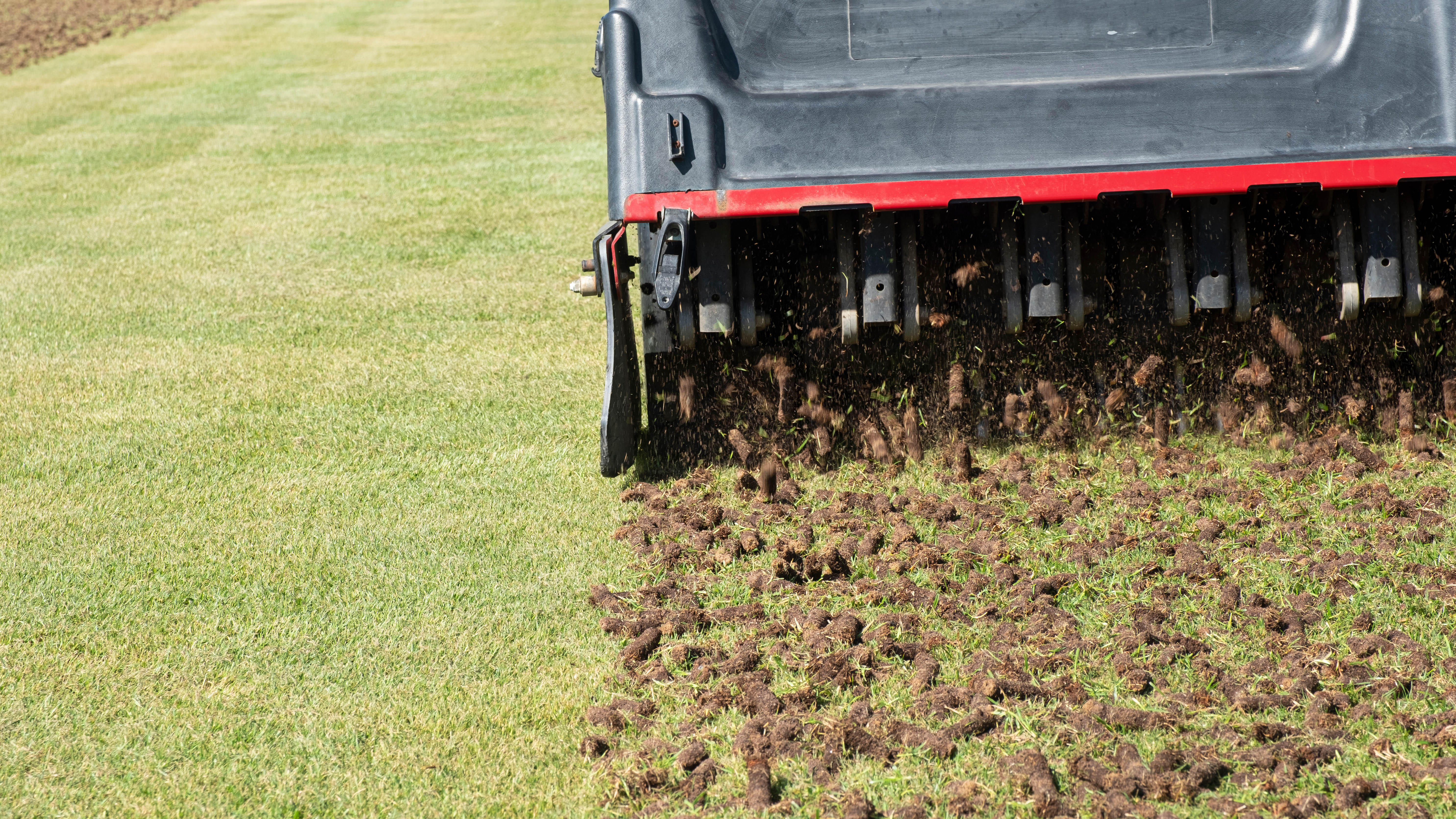
If you decide to go ahead and roll your lawn, here are some tips from the experts to get the best results:
Aeration can help to improve the air circulation in your soil before rolling it. Schanen continues: “If you roll your lawn with some regularity, it's a good idea to do core aeration as well, and consider spreading a thin layer of compost after aeration to prevent compaction issues.”
This method is recommended by Bonnett too. “It’s wise to aerate the soil first before rolling your lawn to keep air restriction issues to a minimum. The main rule of thumb is not to do it too often or your garden will suffer greatly from the drawbacks. Plan when you’re going to roll the lawn and make sure to note it down so you don’t forget.”
If you need guidance, here’s how to aerate a lawn.
Make sure you roll your lawn infrequently too — this keeps damage to a minimum. Once a year as a maximum is the recommendation from our experts, best performed during the springtime.
Rolling your lawn can weaken the grass and make it harder for plants to get the nutrients they need to survive. The more you roll it, the worse it can damage it.
Chris Bonnett
Bonnett continues “If you are going to roll your lawn, then only do it once a year. Don’t do it twice unless necessary. Rolling your lawn can weaken the grass and make it harder for plants to get the nutrients they need to survive. The more you roll it, the worse it can damage it.”
He goes on to say “We advise rolling the lawn during the cooler parts of the day and when the lawn is damp, but not completely soaked. We don’t recommend rolling when the conditions are too dry either, otherwise it can damage the soil.”
Schanen concurs that “Lawn rolling is best done in spring after the last frost when there is still moisture in the ground.” You don't want the ground to be overly-wet as this can encourage further compaction.
Ultimately, it’s up to you whether you choose to roll your lawn. The results and detrimental effects will vary widely depending on the weight of the roller, your technique, as well as your soil type and the general health of your grass. Just keep in mind that this is a risky technique which can lead to further damage. A lightweight roller should be used to reduce the overall risk — increasing the weight gradually until you feel it's suitable.







